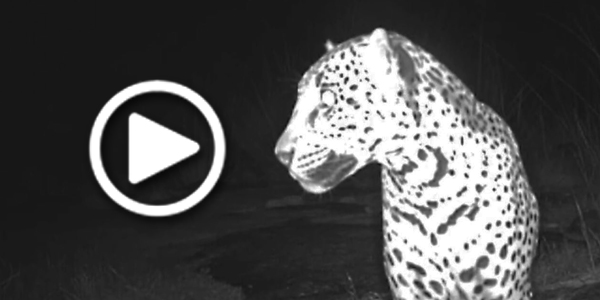Pathways Mast Surveys Summary 2017
This year Pathways volunteers conducted 8 mast surveys between May 6th and Sept. 23rd, 2017. We surveyed areas mainly on the north end of Sandia Mt. in cooperation with the Sandia Mt. Bear Collaborative, who were conducting mast survey across the rest of Sandia Mountain. Pathways mast survey volunteers included team leaders Peter Callen and Stephanie Long and survey team members Ross Phillips, Mark Bundy, Cameron Weber, Ian Daitz, Elaine Sullivan, Renee Robillard, Jean Roberts, Michael Scialdone, and Cathy Langfelt.
This year we included gathering bear scat for a dietary analysis, but no bear scat was found by our Pathways teams.
The main mast species of Piñon Pine, One-Seed Juniper, and Gambel’s Oak had Juniper berries as the most successful crop this year, with moderate to poor acorn production, and a mast failure of Piñon nuts. These surveys covered the north end of Sandia Mt. from the Piedra Lisa trail to Del Agua Cyn., the Agua Sarca trail from Tunnel Sprgs. up to 7,800’ elevation, Las Huertas Cyn. from Placitas up to the U.S.F.S. picnic area, Palomas Peak trail, Faulty trail from the Sandia Man Cave up 3 miles, and several areas off of Hwy. 165 at higher elevations including Media Cyn., Balsam Glade, and then up the Crest highway to Ellis trail at 10,000’+ elevation.
Dozens of miles of trails were walked while we observed trees and plants along the trails, as well as surveying piñon cone and juniper berry production from a distance with binoculars. Hundreds to thousands of trees and other plants would be closely observed on each of the surveys.
Gamble’s Oak had poor to moderate acorn production, the best areas being near Las Huertas Creek and springs along the Piedra Lisa trail. Wavy leaf oaks had moderate production in the lower elevations (~6,000’+) of Piedra Lisa trail and Las Huertas Cyn.
Piñon Pine trees did not produce new cones this year, and the small cones for next year mostly dried up and died in the hot, dry months of June and July. August was our only real month of moisture and cooler temps., and that helped the One-Seed Juniper production. The Juniper berries started out abundant again this year, especially at the lower (~6,000’) elev., but the summer drought kept them small and thinned out overall production from abundant down to moderate. The rains of August helped plump up and save the Juniper berry crop. September was unusually dry for almost the whole month, but then the last 4 days brought heavy rain. By this time of the year though it was almost too late to actually have an effect other than prolong what was left of the harvest and bring back a little green up of the mature grasses and forbs.
Other soft mast species had very mixed results, with fairly poor to moderate Chokecherry and Oregon Grape production; moderate and fairly good bear corn production; a moderate to good grass and forb production at higher elev. (7,500’ +); and abundant Prickly Pear Cactus production at lower elev. (~6,000’). Banana Yucca was poor however, as were the Currants, Gooseberries and Snowberries. Lower elev. fruit orchards had mixed success as well, with some areas having poor apple and peach production, while other areas had a moderate fruit crop.
So overall it wasn’t a great year for bear foods on Sandia Mt., and bears did come down into the human habitation zone starting in August and continued to raid bird feeders, trash cans and fruit orchards throughout September. The Juniper berry and Cactus fruit were the most abundant mast, with some patches of moderate acorn and bear corn production. Grass and forb production was good at higher elevations, but Fir tree mortality was high in Las Huertas Cyn. and some eastern side canyons. A huge explosion of Tussock Moth caterpillars were everywhere on the dying Fir trees from July into September.








Written by pcallen
on March 31, 2020
1 Comment